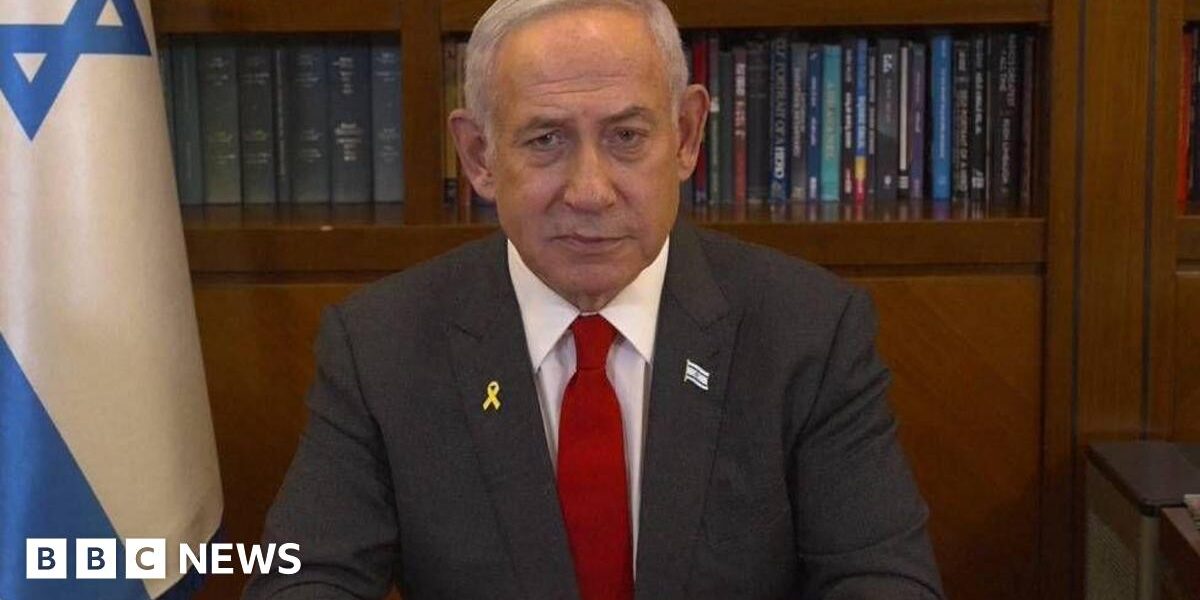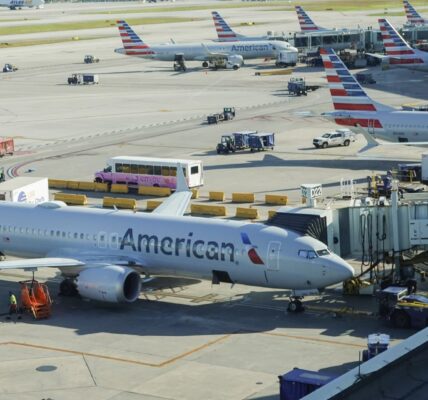Talks about the terms of the second phase of the ceasefire are set to start on Day 16 of the first phase and will focus on achieving “a permanent end to the war”.
Details of the second phase of the deal are still uncertain but the expectation is that remaining hostages, including men, would be freed at this stage as more Palestinian prisoners detained in Israeli prisons are released.
There would also be a full withdrawal of Israeli troops from Gaza. It is also understood that Hamas police – who will be unarmed unless absolutely necessary – will manage the return of hundreds of thousands of displaced Palestinians to northern Gaza
The third and final stage will involve the reconstruction of Gaza – something which could take many years – and the return of any remaining hostages’ bodies.
On Friday night, Israel’s government approved the ceasefire and hostage release deal after hours of discussions.
Two far-right cabinet ministers voted against it, including national security minister Itamar Ben-Gvir.
The drawn-out structure of the agreement is also causing anxiety and division among the families of the hostages. Some fear relatives will be abandoned in Gaza after the first phase is done.
On Saturday evening, thousands of protesters gathered in Tel Aviv to demand the government ensures the release of further hostages by abiding by the first phase of the ceasefire.
Gal Alkalay, a member of the Hostages and Missing Families Forum, told Reuters news agency: “We could have saved the lives of 200 soldiers and more than 10 hostages.” She added that people had died unnecessarily because the government “couldn’t take a decision and waited for Trump”.





